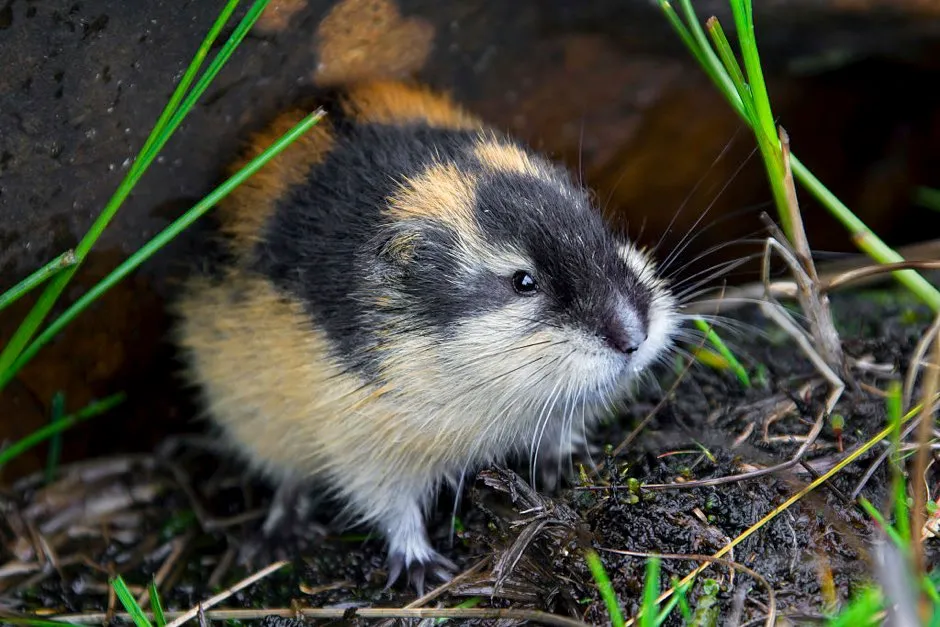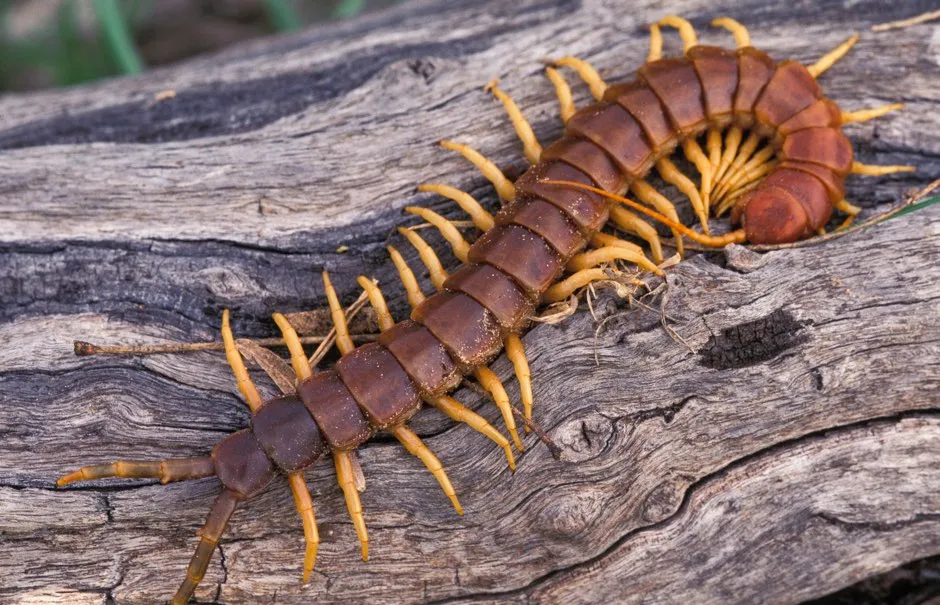1
Dogs say woof - wrong!
It’s one of the first things we teach our kids. Cats say miaow, dogs go woof, and horses (unaccountably in my experience) say neigh. This is nursery-level stuff. At least, it’s one of the first things that English speakers learn.
But animals make very different noises according to other languages. That’s not to say that the animals themselves grunt and squeak with regional accents. Rather, people with different linguistic traditions have found different ways to represent the noises that come from their pets and livestock.
While English speakers hear ‘woof’, the Dutch hear ‘blaf’. The Spanish canine makes a ‘guau’ sound, while the Turkish mutt goes ‘hev’. A dog in Romania might bark ‘ham’, while the Japanese hound emits a ‘wan’. Most confusing of all is the Korean dog, whose call of ‘meong’ sounds distinctly feline.

Cats are, in fact, more consensual. Most nationalities hear something like the English ‘meow’ from their moggies. One exception is again in Korean, where the cat call of ‘yaong’ is difficult for the westerner to fathom.
International beekeepers must master a range of buzz words if they are to converse with their charges. German bees go ‘sum’, while Japanese insects give out a ‘buun’. The Korean bee opts for ‘boong’.
Pigs, though, have the most linguistic fun. Where an English pig might ‘oink’, his Danish stymate might ‘øf-øf’, a Dutch pig would ‘knor knor’, while a Japanese hog would ‘boo boo’. The French porcine utters a ‘groin groin’.
2
Lemmings commit suicide by leaping from cliffs - wrong!
These rodents of the north are widely supposed to throw themselves off cliffs in prodigious numbers during migration. The motivation is unclear. Perhaps the animals are too dumb to understand the perils of a long fall, and simply step unwittingly into the void. Or they may somehow sense that the herd’s numbers are unsustainable. A voluntary cull ensues.
This self-harming behaviour is fictional, but has a curious history. The small creatures do have a tendency to swarm, suddenly appearing out of nowhere every three to four years.

This is simply their natural breeding cycle, but credulous minds once put the surge down to ‘spontaneous generation’ from the skies. In other words, it’s raining lemmings.
The suicidal cliff plunge became a thing in the 20th Century, when the strange behaviour was circulated on film. Disney, the world’s most famous champion of mice, also shaped the image of another rodent.
The company’s 1958 film White Wilderness contains scenes of dire lemming peril, with footage of the creatures leaping off a cliff into the sea. It won the Oscar for best documentary film, thanks in large part to those harrowing scenes.
They were faked, 800km from the sea with imported lemmings coaxed and pushed into unnatural behaviour. Audiences were fooled. The myth of lemming self-destruction was given award-winning authority.
Disney may have perpetuated the idea of leaping lemmings, but the myth goes back to at least the 1880s. It continues to this day in films and cartoons and a best-selling computer game (and subsequently stamps).
3
Centipedes have 100 legs - wrong!
Despite its name, the centipede, does not have 100 legs. Some 3,000 species of centipede are known to science. They are not defined by any particular number of legs. To be a centipede, you must have a repeating chain of body parts, each of which sports a single pair of legs.
Many more species of centipede await discovery, no doubt. What we can say for certain is that not a single one will have 100 legs. The centipede body plan dictates an odd number of body parts. For a centipede to have 100 legs, it would need 50 body parts, and that is not an odd number.
To rephrase: not a single centipede on the planet has precisely 100 legs, unless it has suffered a mutation or an accident.

The millipedes are similarly misnamed. The prefix usually denotes a thousand or a thousandth (millimetre, milligram, millennium…). Here, some 12,000 species have been described. The variation is huge. Some have as few as 34 legs (a tally lower than that of most centipedes), while the most leggy millipede (and creature) on the planet has 750.
Not one has 1,000 legs.
Millipedes are easily distinguished from centipedes; they have two legs per body part, as opposed to the centipede’s single pair.
4
The first animal to leave the Earth was a dog - wrong!
“I just shared a photo of the first dog in space to my Facebook page.”
“Laika?”
“Some people did, though most left a sad-face emoji as a more appropriate response to her tragic fate.”
Poor Laika. The canine passenger of Sputnik 2 became the first animal to orbit the Earth in November 1957. Five hours later she set another milestone: the first animal to die in Earth orbit. Her cabin had overheated. Even if it hadn’t, she wouldn’t have lasted long. The mission was launched before a reliable heat shield had been developed.
Laika had no way to return home. Her food was laced with poison to shorten her suffering, but she perished before it could be administered.

The pioneering mongrel became an icon of spaceflight, appearing on stamps, cigarette cards and posters. But was Laika really the first animal in space? No. Not by a long chalk. She wasn’t even the first dog.
It all comes down to the difference between ‘in space’ and ‘in orbit’. Dipping into space is relatively easy. You need a rocket capable of reaching the boundary - usually defined as either 50 miles (80.5 km) or 62 miles (100 km) straight up.
The V2 rockets developed by the Nazis were able to cross these lines as early as 1942. They did so hundreds of times, before immediately dropping back to the ground with devastating effects.
To get into space and stay there (i.e. reach orbit) takes much more energy. The feat only became possible with the launch of Sputnik 1 in 1957, a month before Laika’s flight.
Read more by Matt Brown:
- Five “facts” about planet Earth that are completely wrong
- Everything you know about space is wrong
- 5 science “facts” that are completely wrong
In the decade and a half between the first V2 and Sputnik, hundreds of animals were sent to space. The first living creatures ever to leave Earth were fruit flies. The mission took off from White Sands, New Mexico on 20 February 1947, using a captured German rocket. The insectonauts returned safely to the ground, having flown considerably higher than any creature that had ever lived up to that point.
Two years later, the Americans launched the first primate into space. Albert II, a rhesus monkey, made it into the great void, but a parachute failure sent him on a second journey, into the great beyond.
Mice followed in 1950), followed by the first dogs (Tsygan and Dezik) in 1951. Both dogs survived, and notionally earned their astronaut wings six years before Laika.
Everything You Know About Animals Is Wrong by Matt Brown is out now (£9.99, Batsford)